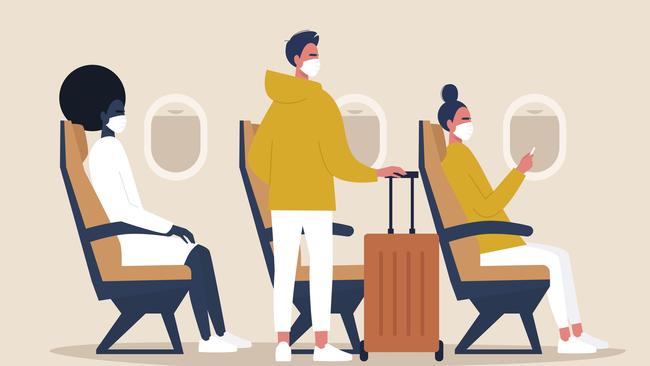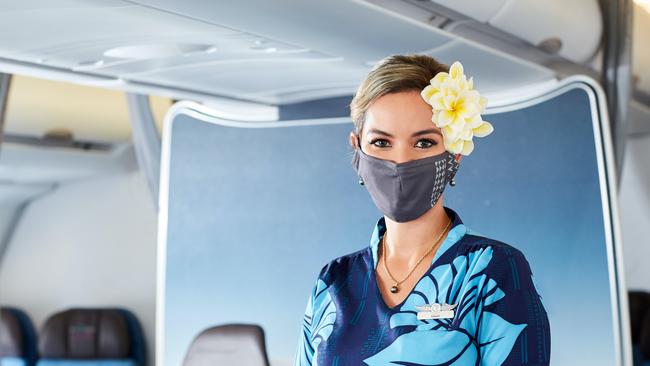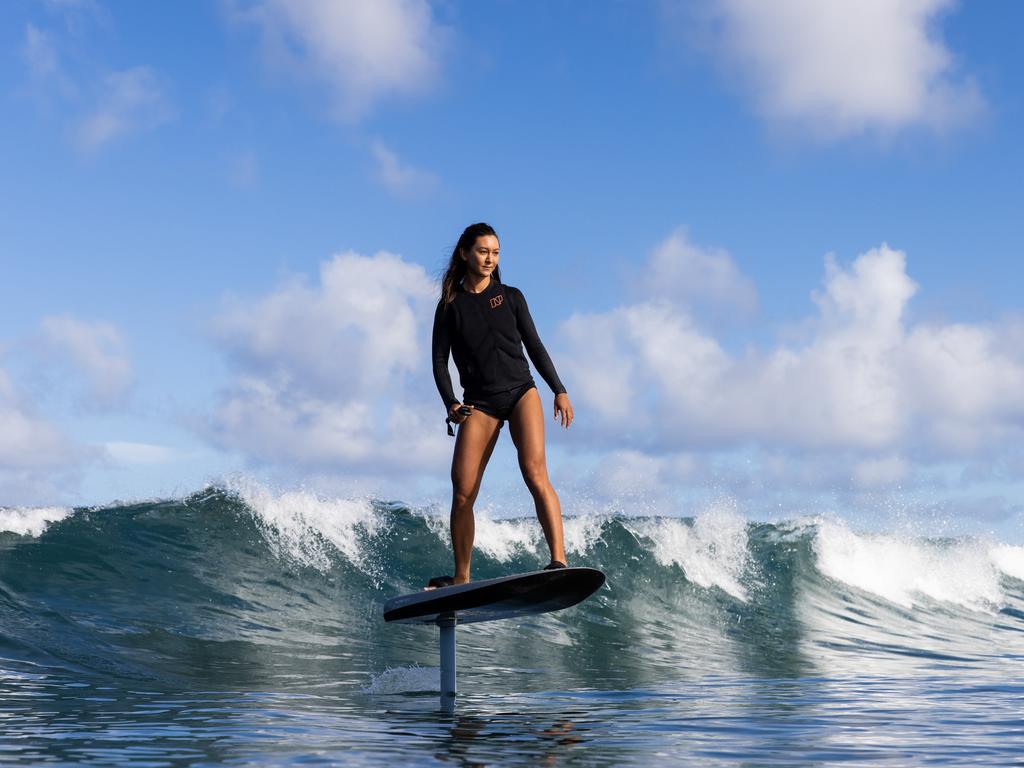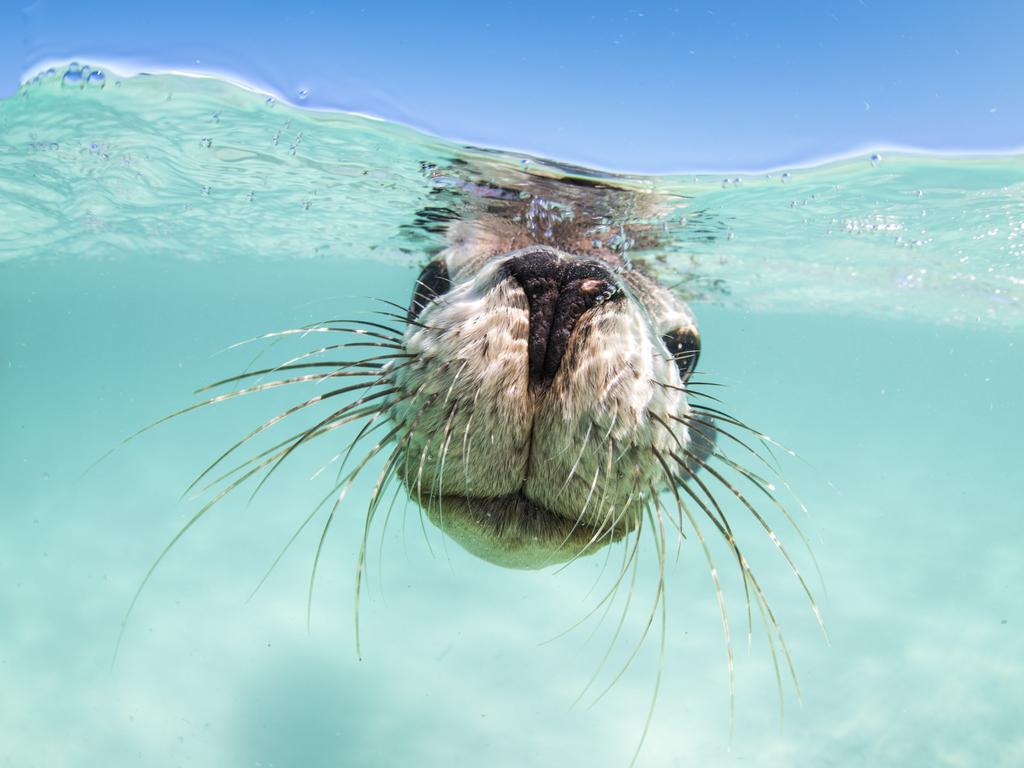What mask is best for a long-haul flight?
What’s best for a long-haul flight – the single-use medical variety or reusable cloth? Vents or no vents?

Packing for a long-haul flight now looks a little different. Plane ticket? Check. Covid paperwork? Check. Face mask? Better give that more than a minute’s thought.
Should you go for single-use medical masks or reusable cloth? Vents or no vents? While each airline has its own mask policy (Lufthansa, for instance, requires medical masks), face masks aren’t created equal. Considering they’re now required for the duration of a flight – except when you’re actively eating and drinking – you’ll want something comfortable that offers high protection.
Professor Raina MacIntyre is one of the world’s leading face-mask experts. As head of the University of New South Wales’ Kirby Institute’s Biosecurity Program, she’s led the largest body of clinical research internationally on face masks and respirators for front-line health workers. Her inter-disciplinary lab draws on medical, engineering and scientific knowledge to research, among other things, the trajectory of respiratory emissions and how masks block them. The lab is also investigating optimal design of cloth masks. In short, there’s no one better to ask what to strap on to your face as long-haul travel resumes for Australians.

“If you’re using cloth masks, some basic design principles can give you a more protective mask,” MacIntyre says. “For example, it should have at least three layers. It should have a water-resistant fabric on the outside – so polyester or other synthetic or another blend fabric. It shouldn’t be cotton on the outside.
“Aerosols are water, basically, so you want the outside of the mask to repel water. It’s OK to be absorbent on the inside. It should also be reasonably well fitted around the face too.”
Cloth masks should be washed regularly – not only to keep them clean but to improve performance.
“Washing them in the washing machine is best because WHO recommends 60 degrees Celsius and that’s too hot to hand-wash,” says MacIntyre. “We’ve published some research showing that the washing of the mask actually improves its performance because it shrinks the pore size.”
Yet MacIntyre acknowledges that high level of cloth-mask care can be impractical on the road.
“If you’re going to Europe or America, it’s more than a day’s travelling and, if you’ve only got one cloth mask on you, you’re not going to have an opportunity to clean it,” she says. “Probably for long-haul travel, you’d want enough disposable masks to last you for the trip.”
With those, the knot-and-tuck method (tying a knot in the ear loops) can improve face fit. Travellers should be vigilant about mask-wearing throughout their entire journey from home to airport to destination, MacIntyre says, and be extra-careful in queues and other spaces.
Some studies have indicated, for instance, that an aircraft toilet is a potential transmission area. “That’s probably because it’s less well ventilated than the main cabin,” MacIntyre says.

American carriers such as United Airlines adhere to US federal law that requires all travellers aged two and older to wear a mask with no vents or openings that fully covers their nose and mouth. Branded face masks have been created for United staff; ditto at Hawaiian Airlines, which will resume its Sydney-Honolulu service from December 15. “We have made sure health and safety procedures across our airline, including the use of masks, are meeting or exceeding recommendations by leading public health authorities,” said Andrew Stanbury, Hawaiian Airlines’ Australia and New Zealand regional director.
Hawaiian Airlines’ senior director of brand and community, Alisa Onishi, says: “A lot of attention went into ensuring our masks could be worn by Hawaiian Airlines employees in different roles, from mechanics to flight attendants, including finding a design that fits different face shapes and using a fabric that is breathable without sacrificing health and safety.
“Our branded masks were made specifically for our guest-facing employees and were added as part of our uniform policy in early 2020.”
If you forgot your masks or want to add more to your hand luggage, airport retailers stock them (at Amcal pharmacies and WH Smith stores at Sydney’s international terminal). Qantas also includes a mask and sanitising wipes in its Fly Well pack, available at the gate before boarding.





To join the conversation, please log in. Don't have an account? Register
Join the conversation, you are commenting as Logout